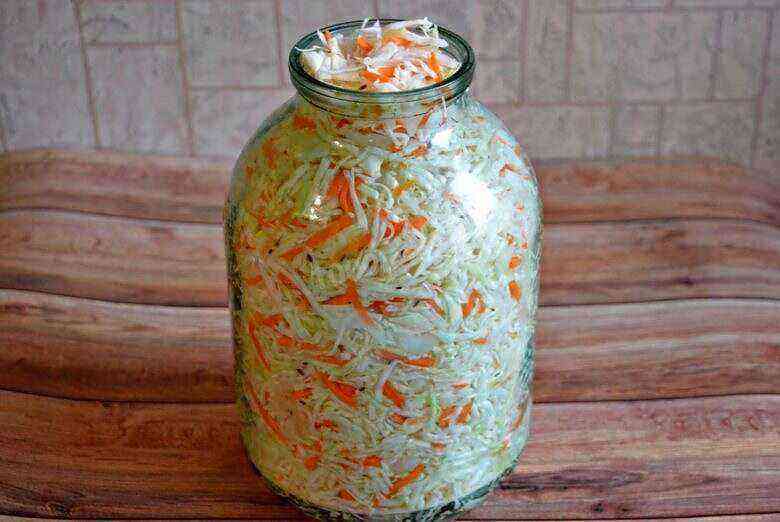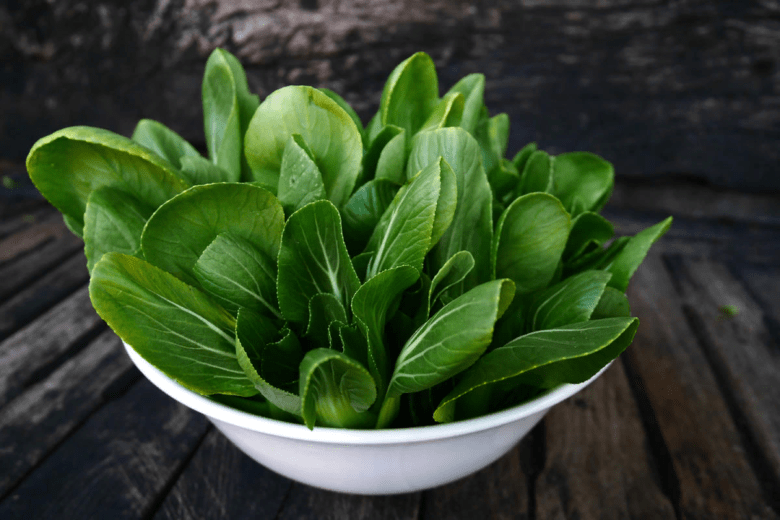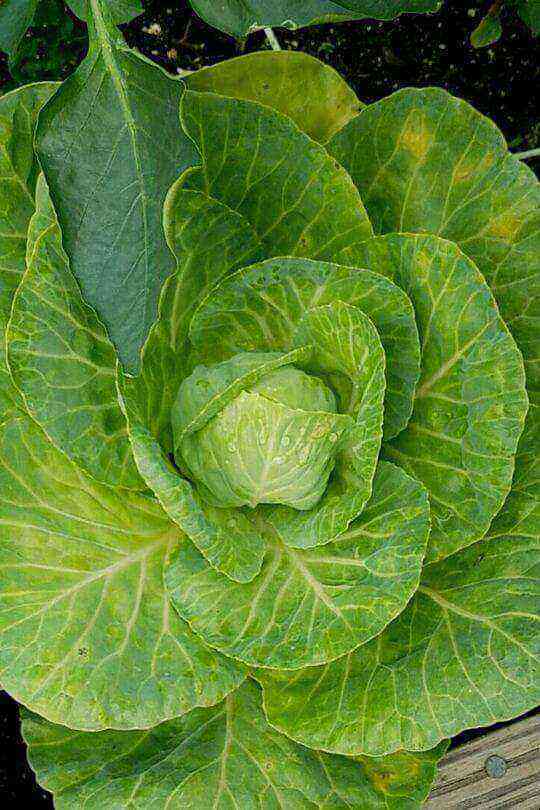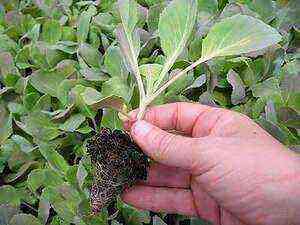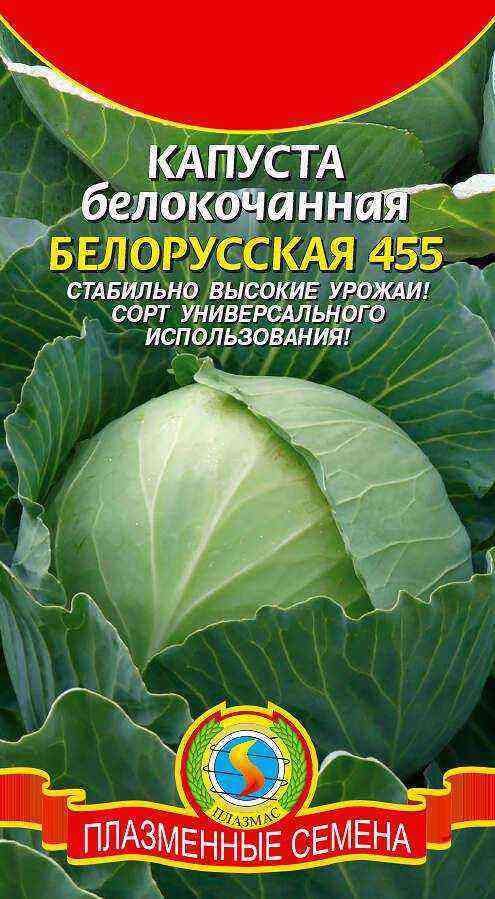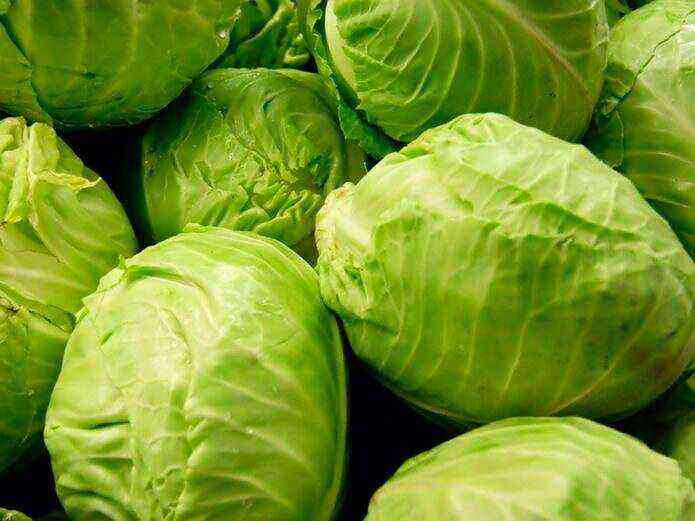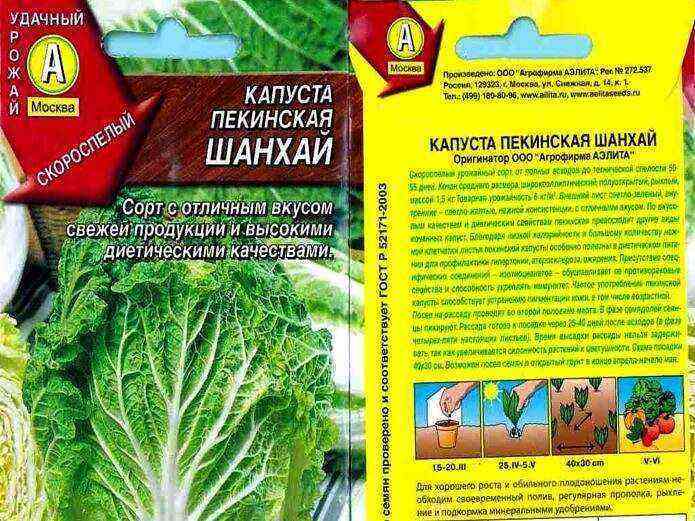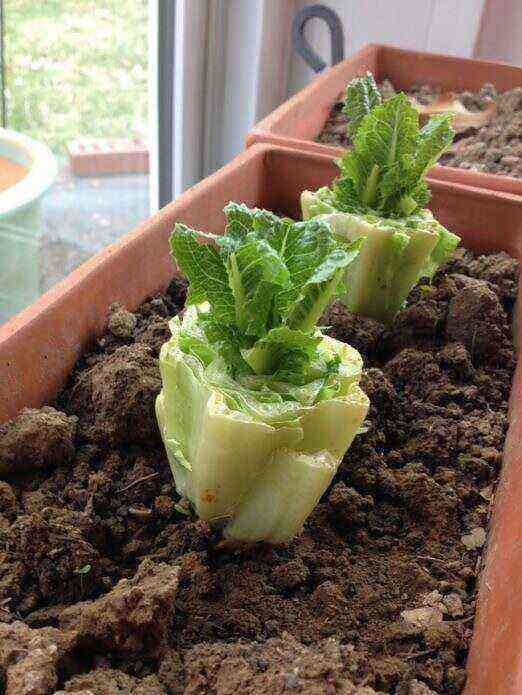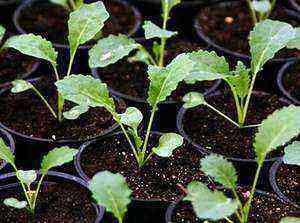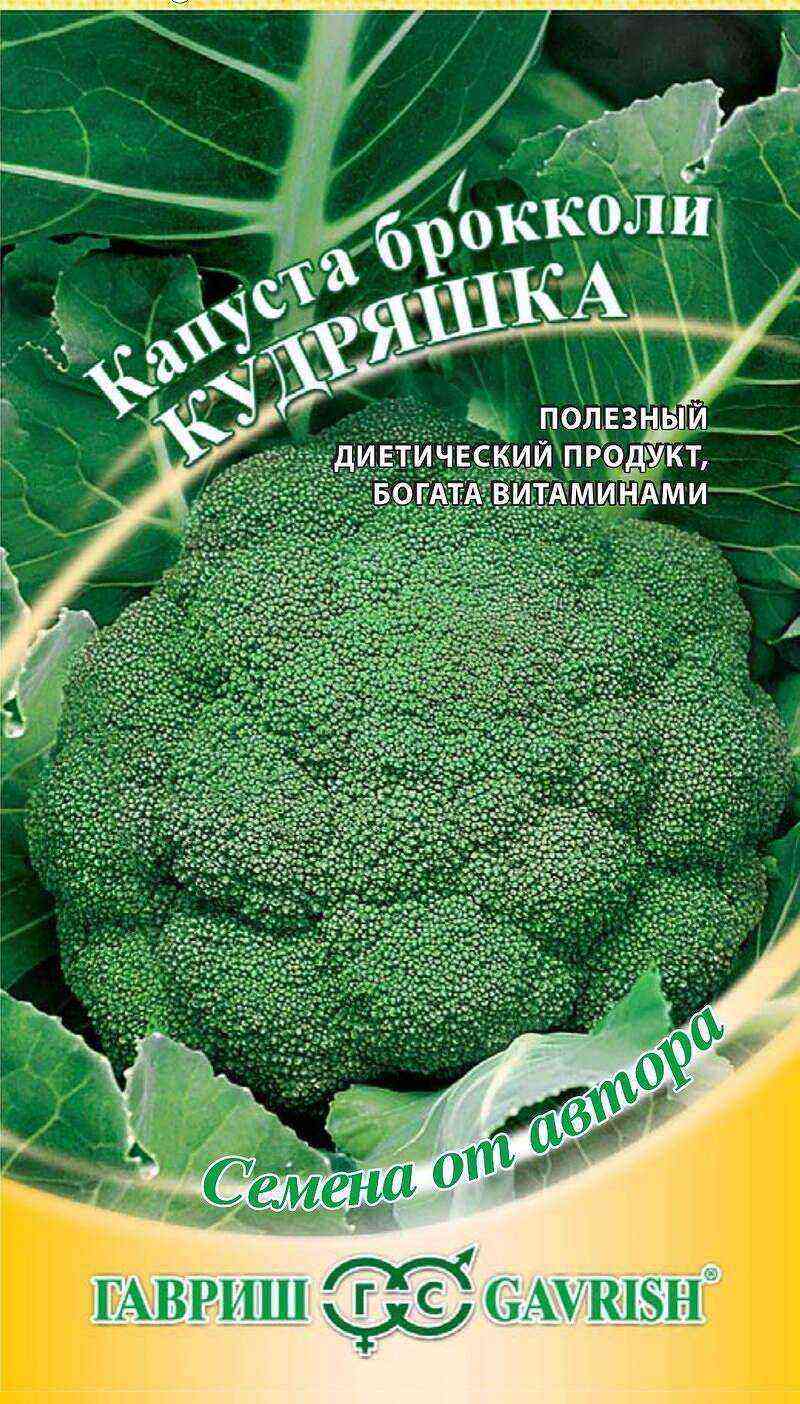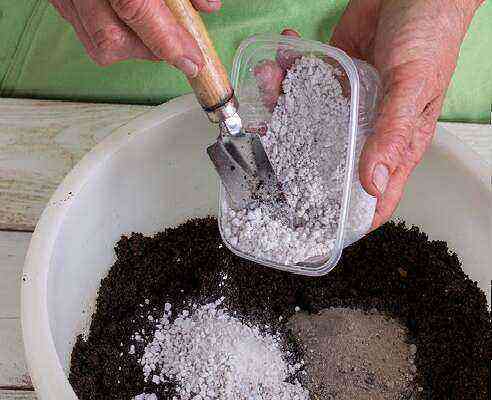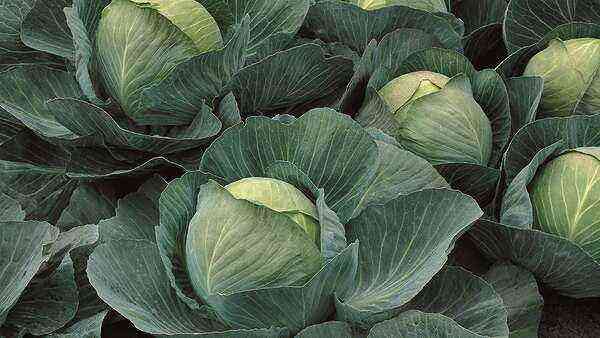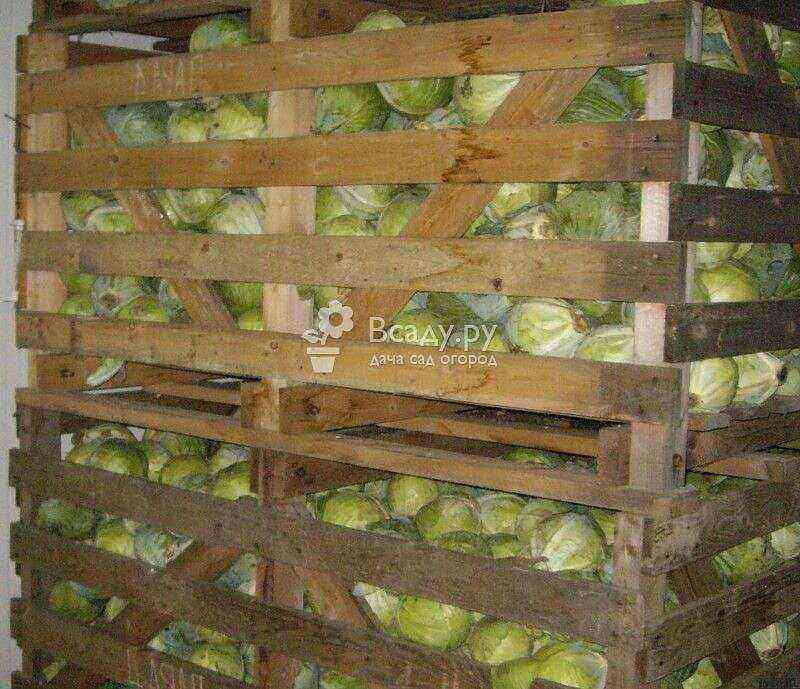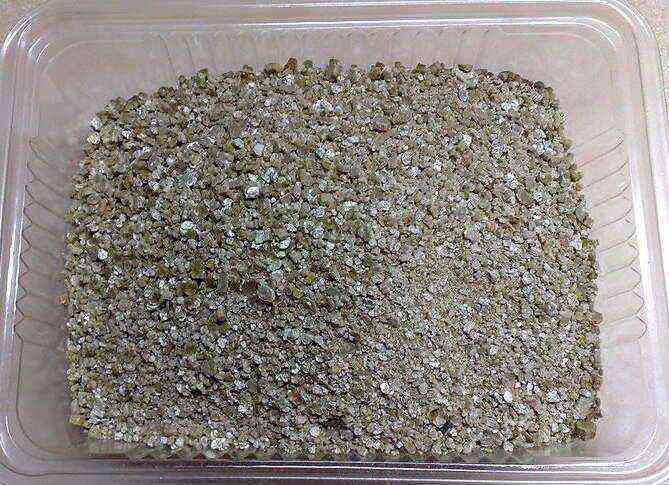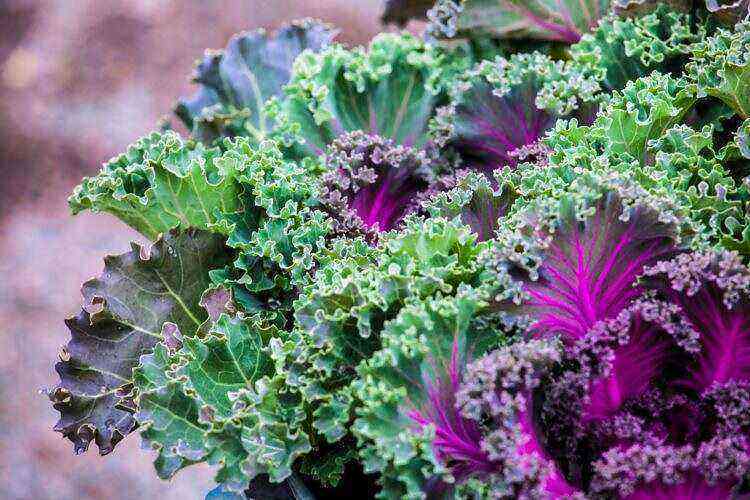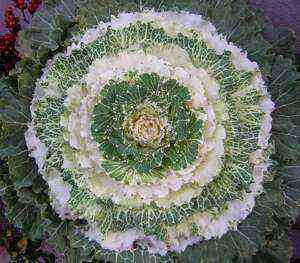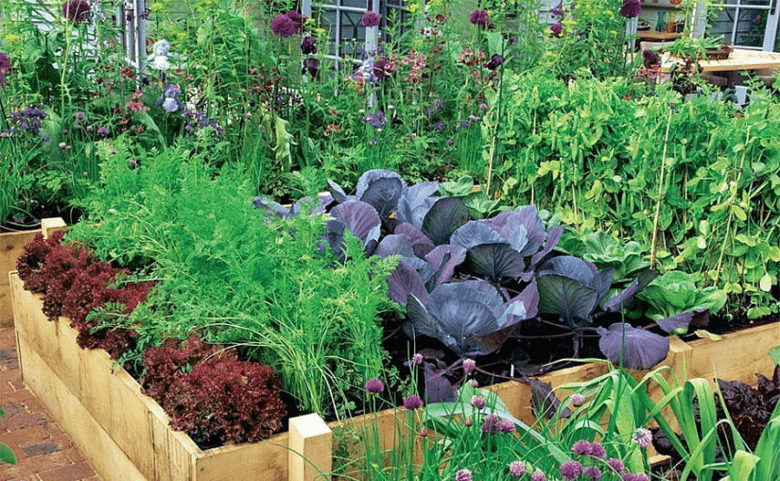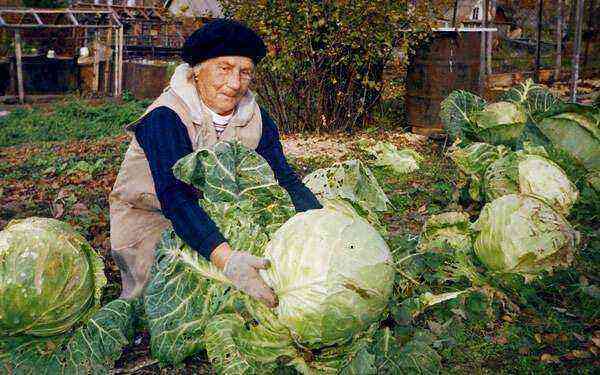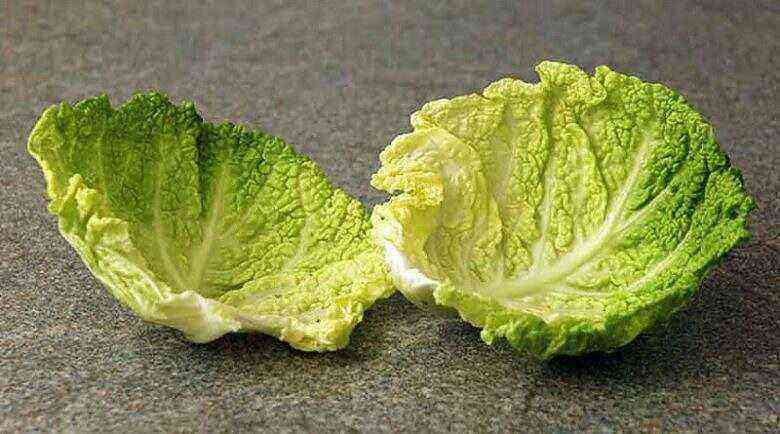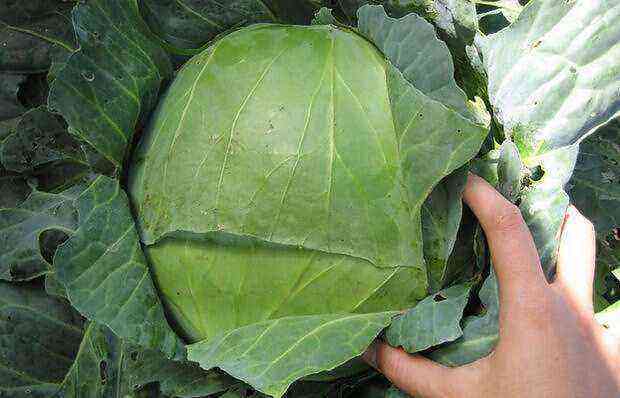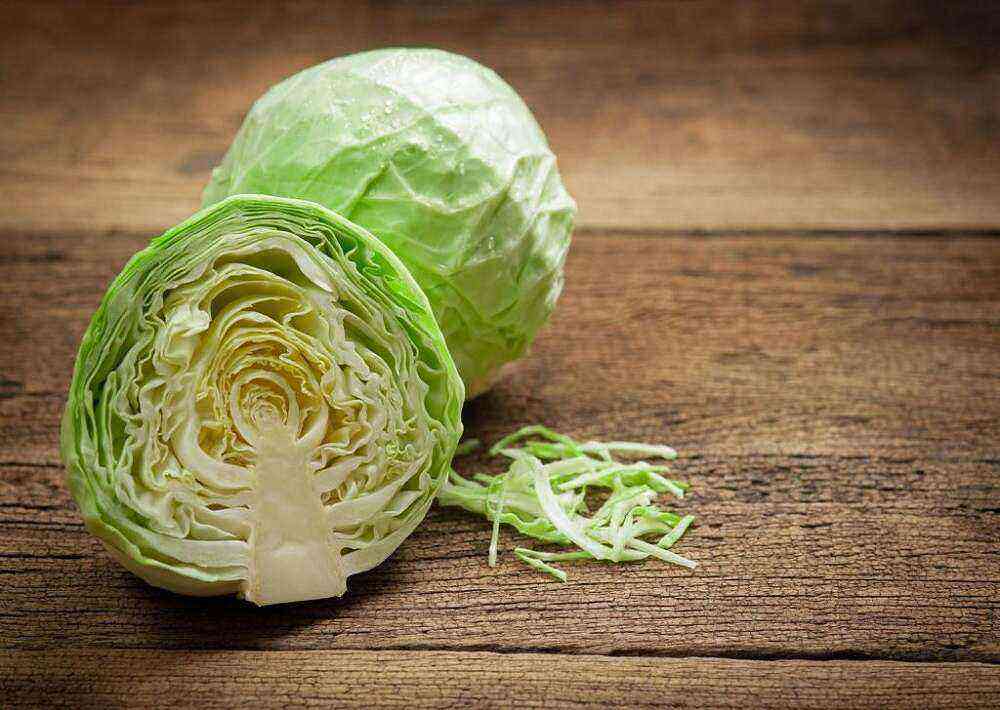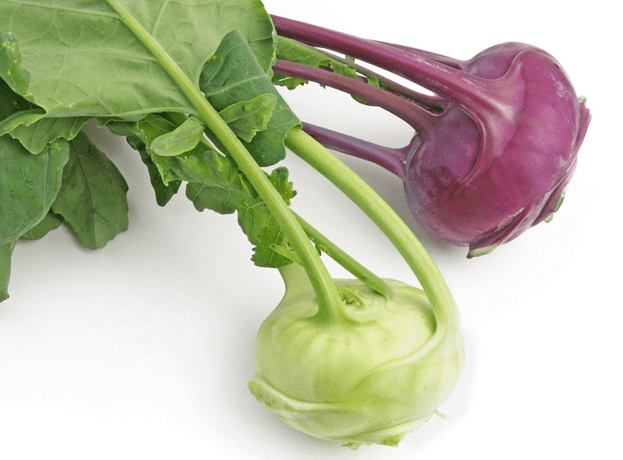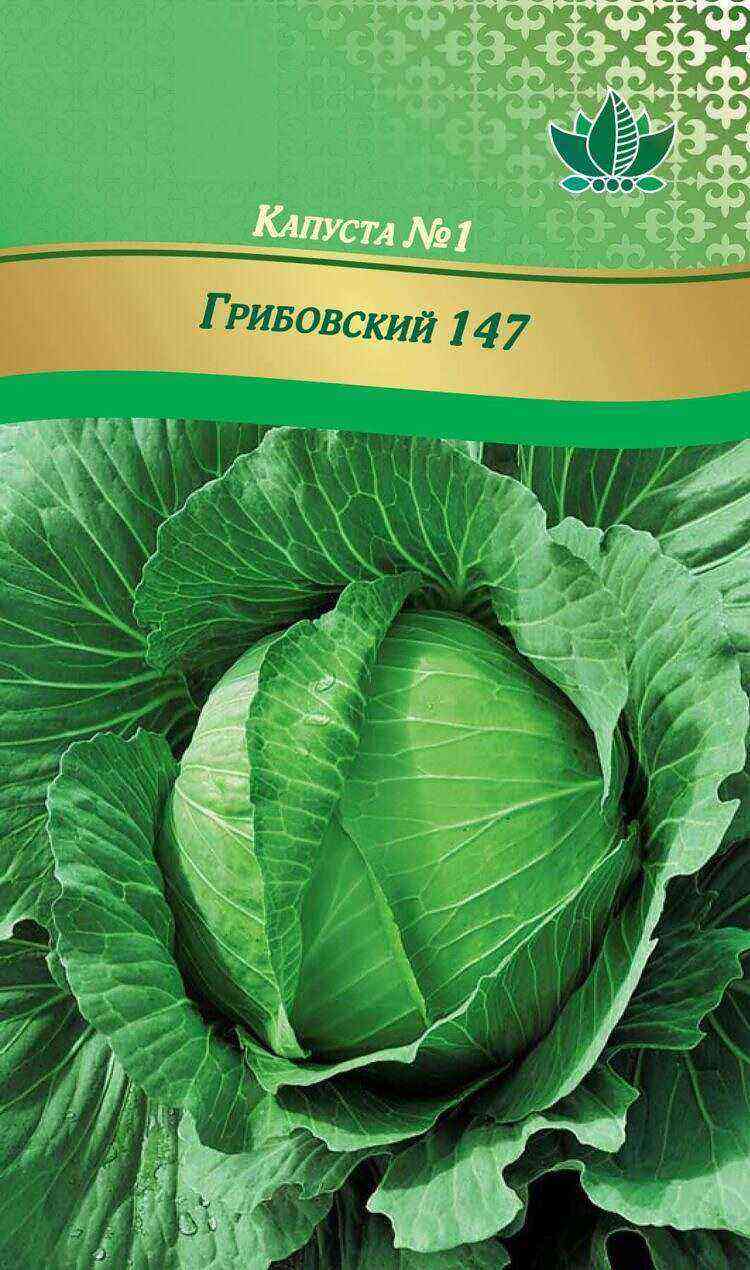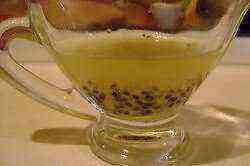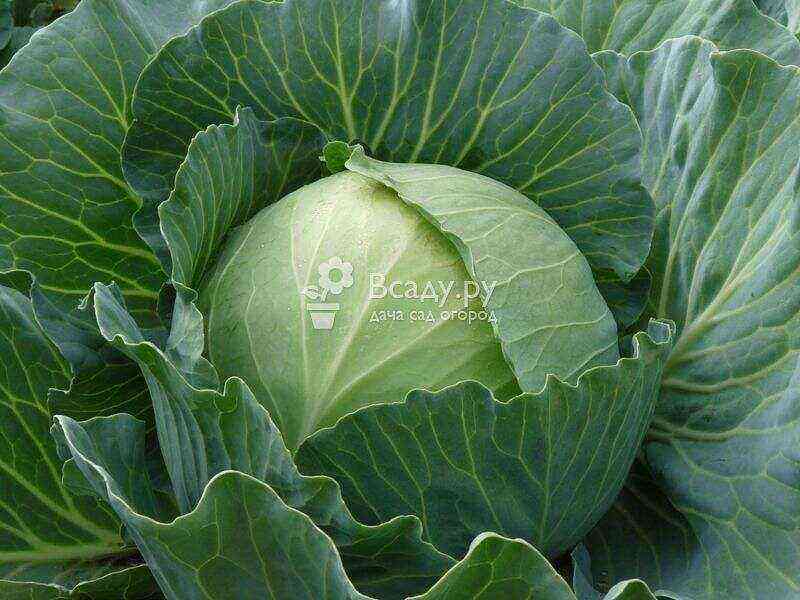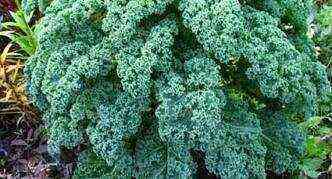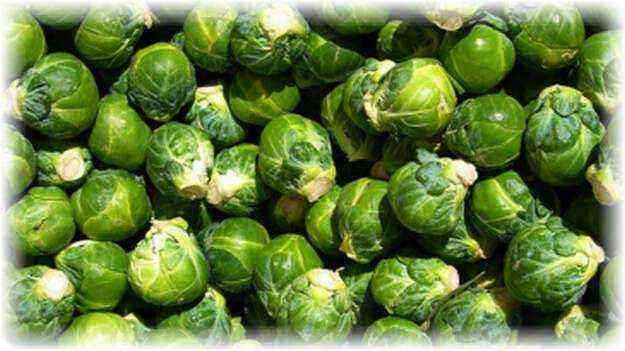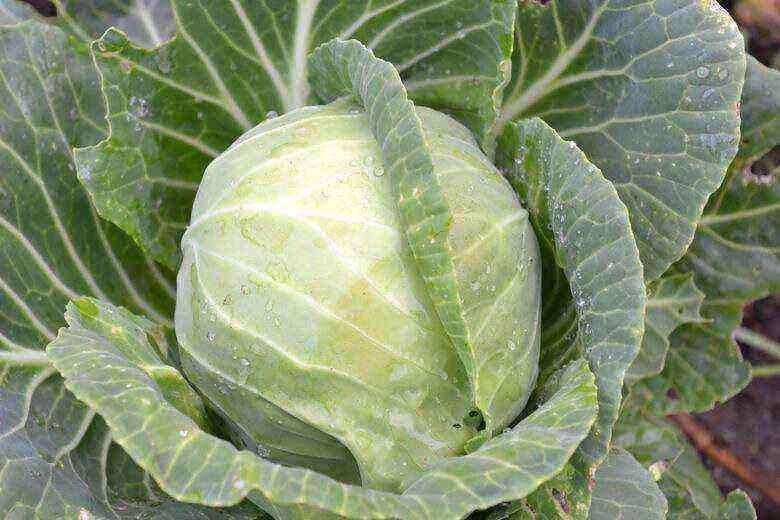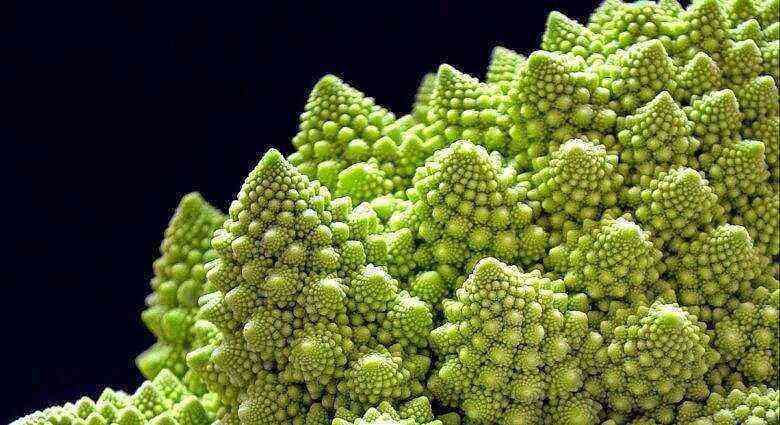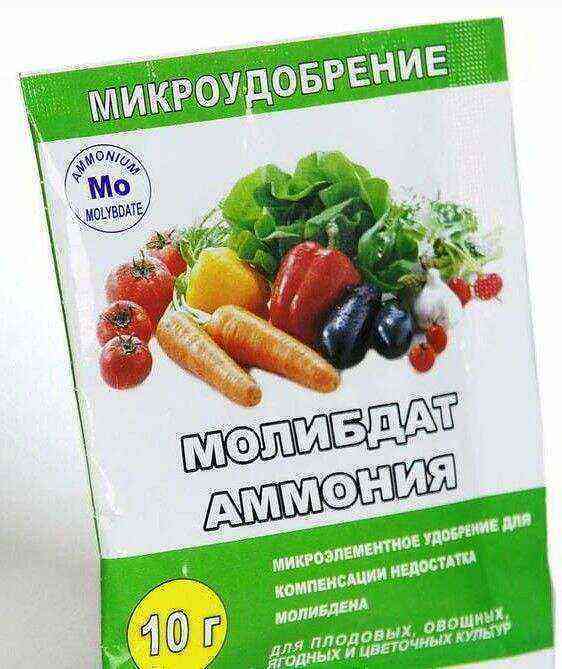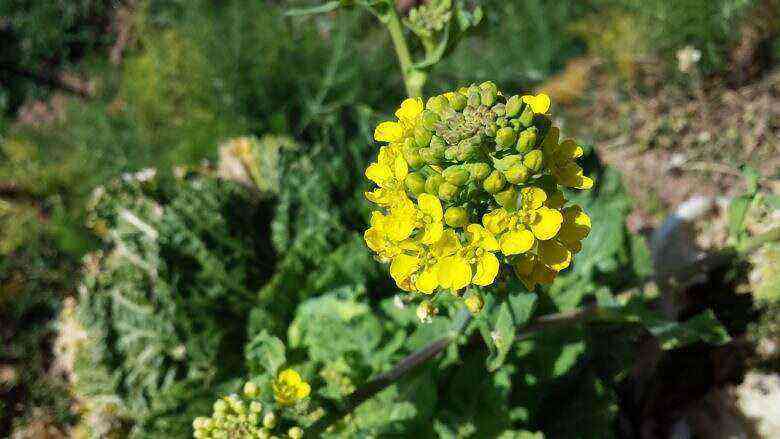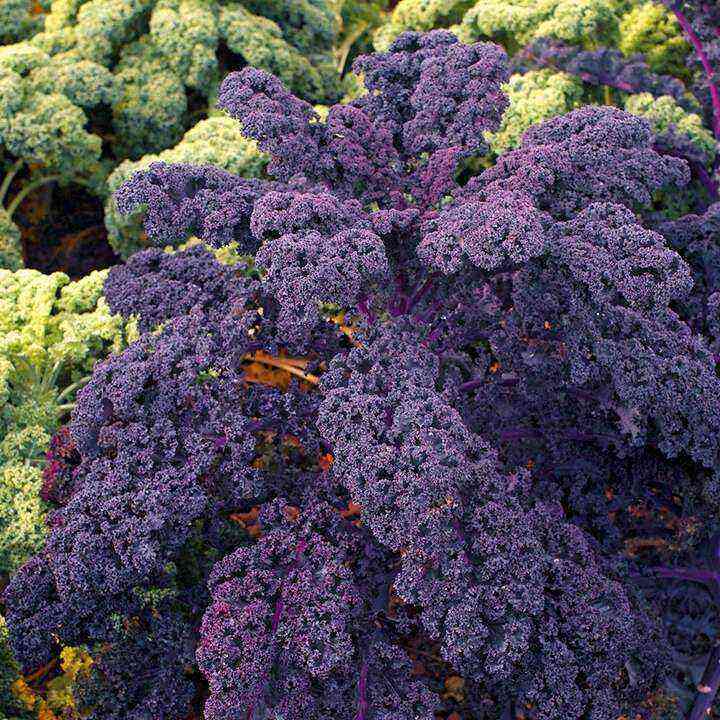Let’s plunge into history … It is difficult to say where the ingenious recipe was born, how to harvest vegetables using a special fermentation method. Germans, Chinese, Russians and Koreans consider the dish their own, each locality has added a “zest”, be it cranberries or hot peppers. Most likely, the idea of fermenting vegetables arose in different places independently of each other. People have always needed quality products: on long trips or long, cold winters.
Fresh cabbage is certainly a healthy vegetable, but sauerkraut is enriched with additional useful qualities during fermentation. Vitamins C, D, A, tocopherol, lactobacilli, probiotics, antioxidants and that’s not all …
Who benefits from sauerkraut? Absolutely everyone who can bring a spoon to the mouth! This product stimulates the immune system, resists allergies. Probiotics help healthy intestines, antioxidants fight cancer cells, in pregnant women – relieve the problem of toxicosis. In the 21st century, hardly anyone suffers from scurvy, but in the 19th century it saved the lives and health of many travelers. It is necessary to limit the use of this dish for stomach ulcers, during an exacerbation of gastritis, for lactating women. And all the rest, bon appetit!
Features of pickling cabbage in a bucket
The first frosts have come, which means it’s time to salt the cabbage. You live in an apartment, you have no cellar. You have a big family: two children, a husband and a cat (yes, two children nowadays are already a big family). So white cabbage needs a lot. Pies with filling for children, an aperitif for dinner for a husband, and what to eat? The best and most correct snack is cabbage. Well, and the cat … although the cat is better than whiskas. We will salt either in a wooden barrel or in a bucket. But the barrel will not fit in the apartment, and it will not be possible to eat as much, the bucket remains. Allocating space in the kitchen is not a problem, the process will take a week, no more. What products do you need? How much salt do you need per bucket? We will consider everything in detail:
- bucket (enameled, wooden, plastic)
- oppression (a three-liter jar with pickled tomatoes, or cucumbers, it does not matter)
- cabbage, carrots, salt
- various additives: berries, apples, dill seeds, garlic.
In which bucket is better to salt
How to pickle cabbage for the winter in a bucket? Which bucket should you choose?
- enameled,
- plastic,
- stainless steel,
- aluminum,
- wooden tub,
Wooden tub – a great option, and this product is not in short supply. Now you can buy a bald trait not like a wooden bucket. True, such a tub is not cheap, more than 2000 rubles. But if you want to get an authentic product, go broke once, and this item will serve for many years if properly used. For white cabbage, it is better to choose an oak barrel. In this case, sauerkraut will acquire a unique taste and aroma.
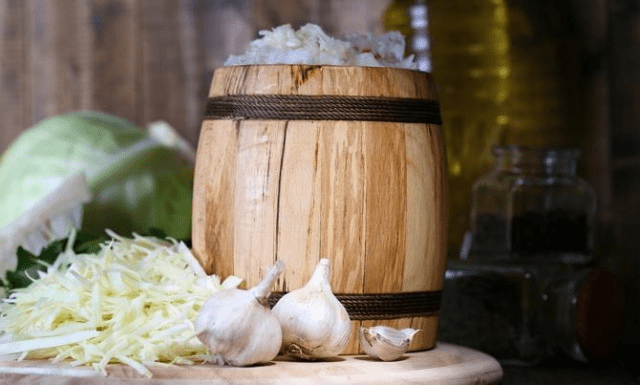
Plastic bucket – durable, lightweight, cheap. You can salt and ferment cabbage in a plastic bucket, but during the fermentation process an acid is formed, which reacts with the plastic. Therefore, not every plastic bucket will work, only food grade plastic. Better than white in colored plastic are harmful dyes.
Aluminum bucket or of stainless steel cannot be used. Lactic acid is corrosive to metal. As a result, the cabbage becomes gray, soft, and unsuitable for eating.
Enamel bucket Is an acceptable option. The item is inexpensive, durable, safe for preparing and storing food.
Bucket preparation and salting technology
- Before use, a wooden tub is poured with warm water at 40-50 degrees per day. The wood will swell, the tub will become airtight.
- Thoroughly clean a new plastic bucket with baking soda, pour in cold water and leave for a day, dry. As a last resort, use a plastic bag that can be used to line the bucket from the inside. But experience says that the taste of the product from such a container is unsaturated, refined. Use this type of dish only for fermentation, and store in an enamel or glass dish.
- The enamel bucket, like the plastic, is thoroughly cleaned. It is undesirable to use the item if there are chips of enamel, the metal will react with lactic acid, and this will spoil the taste of the final product.

Salting technology cabbage in a bucket for the winter is indecent simple:
- The head of cabbage should be perfect, clean, no rotten, frozen leaves. Remove the upper, largest leaves, they will be needed to line the bottom and cover the cabbage on top.
- Chop the heads of cabbage on a vegetable cutter, harvester, shredder in any way possible. Cabbage is also salted in large pieces.
- Mix the vegetables in a large bowl, add salt and knead thoroughly to release the juice. Fold tightly into a bucket, crimping with your fists.
- Do not fill the bucket to the top, otherwise the fermented brine will flow out of the container.
- Close the blank with cabbage leaves on top. Put a wooden circle or an ordinary glass plate, press down with a load. A three-liter jar of compote or pickles will do.
- The fermentation process begins. Lactic acid bacteria multiply and eat sugar. The acid suppresses the activity of all microorganisms, incl. harmful. Hydrogen sulfide is released, it is removed in a simple way: the cabbage mass is pierced with a wooden object. You cannot stir; anoxic (anaerobic) conditions are needed for fermentation.
- Foam can or may not be removed. This does not affect the quality of the final product.
Selection and preparation of cabbage and other ingredients
The basis of a delicious dish is high-quality, fresh ingredients. Not every vegetable is suitable for pickling, only mid-ripening and late-ripening varieties. With proper storage of fresh forks, you can ferment vegetables in portions all winter. But the most appropriate time is autumn. By this time, cabbage has the maximum sugar content, which is exactly what is needed for the development of lactic acid bacteria. White-headed varieties are used for salting:
- dense white head of cabbage, uniform light color, with a pleasant smell of fresh cabbage
- it is profitable to take a large head of cabbage 5-6 kg
- the vegetable must be “healthy” – no rot, not slightly frozen
- late-ripening varieties are characterized by a flattened shape.
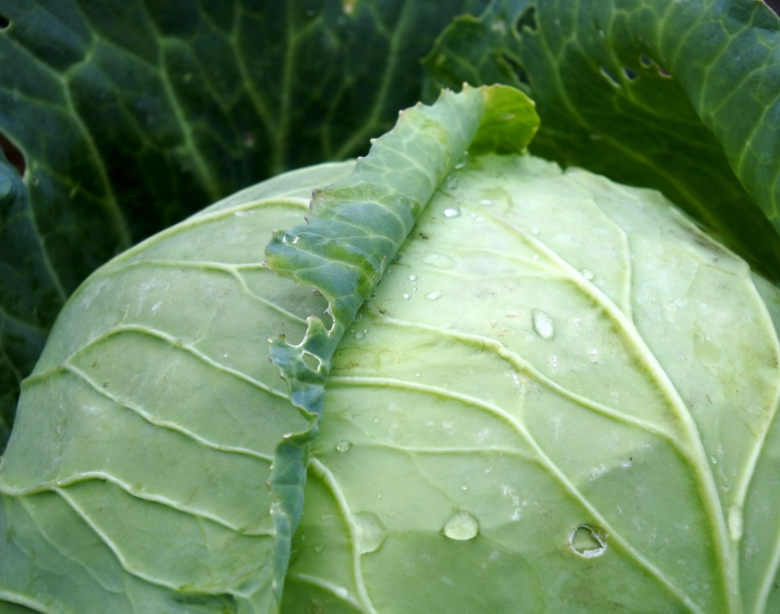
Top late-ripening varieties for salting:
- Grade «Armager 611» – fresh well and for a long time stored, heads of cabbage do not crack. Sauerkraut from heads of this variety is stored for up to 6 months.
- Grade “Kharkiv winter” – the variety gives a huge yield, is stored for 4-5 months, tolerates frost firmly, is universal in use.
- Grade “Moscow late” – gives a “royal harvest”, dense, juicy heads of cabbage weighing up to 12 kg.
Medium-ripening varieties:
- Sort ” Glory 1305 “ – a very popular variety for fermentation. After the first frost, the heads of cabbage become juicier, and the sugar content increases. The crop is stored for no more than three months.
- Grade “Present” – contains more vitamin C than other varieties. Suitable for dietary and baby food. Great for fermentation.
- “Dobrovodskaya” – high yield, large strong heads of cabbage. Sugar variety.
An equally important ingredient is carrots, but there are no complaints about it. Juicy and more, that’s all. You can grate it on a coarse grater, you can grate it on a Korean one or chop it into larger cubes. Let the artist inside you tell you what to do.
Salt is everything in this process it’s important, preference is given to common rock salt. But my personal experience says that you can use the usual iodized.
Recipes
There are many recipes – perhaps every housewife can name her favorite. I will share my most interesting recipes.
Traditional option
- White cabbage – 10 kg,
- Juicy carrots – 1 kg,
- Rock salt – 0,2 kg
Preparation:
- Chop the fruits in a vegetable cutter, with a special shredder or a sharp knife.
- Stir vegetables, add salt and knead thoroughly. The cabbage should give off juice.
- Large leaves are laid at the bottom of the bucket, the vegetable preparation is laid out in layers, pressing tightly with fists or a mortar.
- Cover with leaves again, cover with a plate or a wooden circle, if the container is large, put oppression.
Note! Any heavy, clean object is suitable as oppression. For example, you can use jars or pans of water.
Experienced housewives advise starting the process on the growing moon or after the new moon from the third to the sixth day (the date will be prompted by the Internet).
An interesting option: the cabbage is placed in halves inside, between the layers of chopped vegetables. It turns out a pelust (pill). You can add dill, cumin, or caraway seeds. In addition to the original taste, sauerkraut will have medicinal properties.
During fermentation, a lot of juice is released, so it is better to put the bucket in the basin. When passing by, pierce the cabbage with a wooden stick so that hydrogen sulfide comes out, if this is not done, an unpleasant taste and smell will appear.
One can cook sauerkraut and without salt:
- Shredded vegetables are placed in a clean container,
- pour water at room temperature, put oppression on top.
- Instead of salt for a rich taste, mashed spices are added between the layers of vegetables: cumin, red and black pepper, dill seeds.
In the refrigerator, such cabbage is stored for no more than two weeks. Mold will quickly develop in a warm room. For a change, you can try making a small amount using this recipe.

Sauerkraut with lingonberries and cranberries
An unusual option is salting with berries. Sauerkraut + tart berries = unusual taste and aroma. Northern berries are rich in vitamins, they contain benzoic acid – a natural preservative that will significantly extend the shelf life of sauerkraut.
Ingredients:
- White cabbage – 5 kg,
- Carrots – 0,5 kg
- Cranberries, lingonberries, 0,2 kg each,
- Salt – 0,1 kg

- prepared forks and carrots shred
- mix vegetables with salt in a large basin, grind thoroughly, divide the mixture into 4 parts
- the bottom of the container is lined with cabbage leaves and spread ¼ part of the vegetable mixture, crushing tightly
- sort berries, rinse with cold water
- put ⅓ part of the berries, then again chopped vegetables
- it all ends again with cabbage leaves, bends from above.
The fermentation period for such a recipe as for the classic one is 5-7 days. Lingonberries and cranberries can be replaced with viburnum. This volume of products is designed for a 5-6 liter bucket.
Sauerkraut with apples
Another original way is cabbage with apples. The ancient method, which is now almost forgotten, but you get a very tasty product with a bright fruity taste, is perfect for any hot dish. Apples retain all their beneficial qualities and vitamins.
- White-headed 6-7 kg,
- Apples 1,5-2 kg,
- 0,5 cup salt
- Carrot 1,5 kg

Apples are, of course, from their garden variety “Antonovka”, but you can take purchased sweet and sour varieties, for example “Semerenko”.
- chop vegetables finely, put in a deep basin,
- add salt and mix vegetables without rubbing them,
- peel the apples and cut them into wedges, mix everything together,
- cabbage leaves are laid out on the bottom of the bucket, then layer by layer is carefully rammed with the vegetable mixture,
- covered with whole leaves, pressed with oppression,
- cabbage is fermented in a room for 4-5 days, it is imperative to pierce it with a wooden stick to release the gas,
- the finished product is transferred to jars, stored in the refrigerator.
Apples do not need to be cut or peeled. Like cabbage in chunks, whole apples are also fermented. You just need to remove the core from them and fold them in layers between the vegetable mixture. It turns out an original, tart, tasty cabbage.
Sauerkraut with apples
Whole heads of cabbage
An interesting way is to salt cabbage with heads of cabbage. It is difficult to place the whole head of cabbage in a bucket, as an option cabbage in halves. Before salting, the forks are left at room temperature for 3-5 days.
- White-headed – 10-12 kg,
- Salt 0,4 kg,
- Water 9-10 liters

- take clean forks without top leaves, remove the stump, make cuts to quickly saline,
- you can cut the cabbage into quarters, slices or halves,
- the inside of the bucket is lined with cabbage leaves, heads of cabbage are laid, filled with brine,
- brine: dissolve salt in warm water – that’s it!
- put oppression on top.
Fermentation period, as in the main recipe, is 5-7 days. Stored in a cool place. Such cabbage in slices, large chunks or whole heads of cabbage is good as an independent dish or as a preparation for the winter for other soups and dishes, for example, for sour cabbage soup.
Serbian sauerkraut recipe with whole heads
Salting time for cabbage
How long does it take to pickle cabbage in a bucket? The warmer – the faster, this is how you can answer this question. Optimal temperature for a successful fermentation aboutt +18 to +24 degrees.
At low temperatures, the fermentation process is delayed; at too high, harmful bacteria begin to multiply rapidly. Instead of a tasty, healthy dish, you get a fermented, unusable mass. The cooking time will take 5-7 days. When the brine became transparent, the foam stopped appearing, which means the cabbage is ripe. The surest way to check if it’s ready is to try. Sweet and sour, crunchy … it’s done!
The term and storage conditions of the workpiece
The fermented product is well stored in the refrigerator in glass jars. Plastic food containers will also work. If there is a basement or cellar, this is a gift of fate. In a cool room, the pickles can be stored for up to 6 months. Lactic acid itself is a strong, natural preservative and helps keep the fermented product longer. Suitable temperature for long-term storage is + 1-3 degrees.
If sauerkraut has oxidized after long storage in the refrigerator, it is washed with cold water and it is edible again.
Note! A freezer or a cold, uninsulated balcony is a great way to keep pickles for a long time. The thawed product does not lose its nutritional value.
If you used a plastic bucket, then it is better to store it in a glass container, then in a refrigerator or cellar. An oak tub is used for both fermentation and storage; it is a versatile dish. Keep the wooden tub in a cool place, of course.
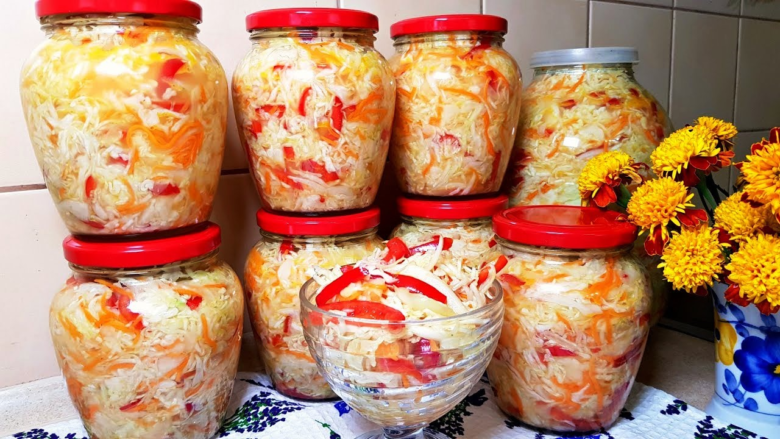
Conclusion
It turns out that salting cabbage is not difficult at all. And it doesn’t matter which sourdough method or sauerkraut recipe you choose: do you want to salt the cabbage with forks, large pieces, layers, or is it just a quick-salted daily cabbage. All you need is desire, hardworking hands, and the result will be on the table. Bon Appetit!
Sauerkraut in a barrel-tub


